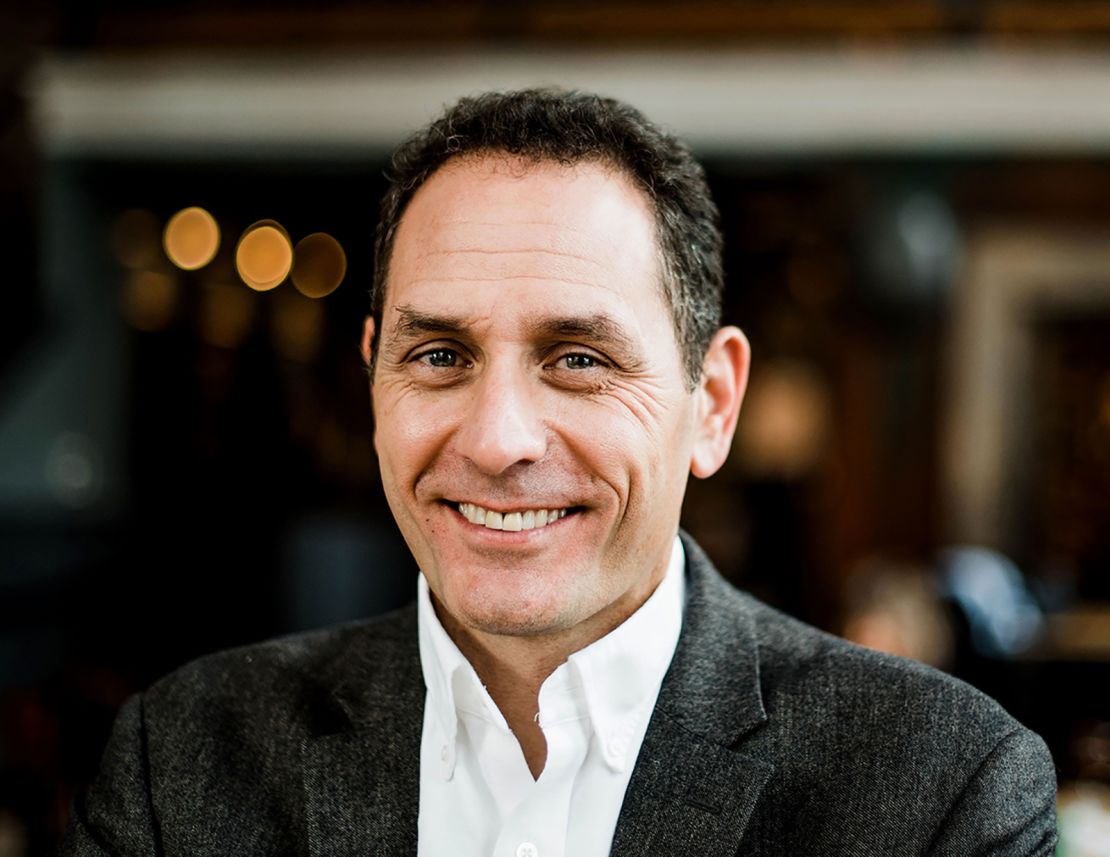
I’m an emergency room doctor. The patients I treat suffer from a variety of ailments, from asthma and diabetes to heart conditions and poor circulation.”

If the cost of an inhaler or insulin did not fit their budget that month, they might end up in the emergency room with completely preventable complications. Those same cash-strapped patients would often find themselves saddled with a massive bill because of that visit to the ER.
That finally started to change with the passage of the ACA, a life-changing bill that more patients I treat have enrolled in with each year since its enactment. Many can better manage their chronic disease because the ACA prohibits insurance corporations from denying coverage based on pre-existing conditions. A good number of my patients could end up uninsured again if Trump, as threatened, gets rid of the Affordable Care Act. That would have potentially devastating consequences.
I worry about a return to the days when so many more of my patients delay or even forgo potentially lifesaving care because they lack health insurance to pay for it. One patient whom I treated prior to the enactment of the ACA sat home for five days with chest pain instead of seeking immediate medical treatment because he didn’t have insurance. By the time I saw him, we learned that a heart attack had left him with one-third of his normal coronary function.
Had he had health coverage that would have allowed him to come in when his pain started, the blockage that led to his condition might have been relieved and he might have retained normal heart function. With the ACA, I see patients every day in similarly dire health situations who are able to get the treatment they need because they qualify for expanded Medicaid, or at least significant subsidies that allow low- and middle-income working families to buy quality health coverage at affordable costs.
The coverage under Obamacare that many of us now take for granted was the result of an arduous, zig-zagging journey that began in the early 1990s during the Clinton presidency, evolved into a successful state-level law in Massachusetts under Republican Gov. Mitt Romney and became national policy during President Obama’s first term, borrowing some conservative ideas from the right-wing Heritage Foundation along the way.
Undoing the ACA would set American health care back a generation or more and make our shared goal of a more affordable, more accessible and more patient-centered health care system even less attainable.
The beneficiaries of the law include women who now pay the same premiums as men because once upon a time, before the ACA, insurance companies could charge women more and even deny health care for the pre-existing condition of being pregnant. They’re workers who can finally get follow-up care after a serious injury or illness — and many, many others.
In my state of Michigan, nearly 12% of the population was uninsured in 2011, the first year of the ACA. By 2022, that number plunged to 4.5%. Across the country, ending the ACA would mean insurance companies would once again be able to deny coverage to 135 million Americans with pre-existing conditions, including 54 million people with a pre-existing condition that would make them uninsurable. Women could be forced to pay higher insurance premiums than men. Tens of millions of seniors would pay more for prescription drugs. More than 21 million Americans now covered under the Medicaid expansion would lose care.
And the positive effects of the ACA are not just the treatment of ailments that impair a patient’s health today or this month. For many years, patients would only get the care they needed after ending up already disabled from advanced disease, and would wind up on Medicare. Patients who have missed doses of insulin or had weeks to months without medications are at a markedly higher risk for chronic diseases down the road.
That’s the level of achievement Trump’s so-called replacement plan would have to match, at a minimum. The former president been promising for years that he could create a better health care plan to replace Obamacare, and has yet to deliver. In November, in a post on his Truth Social platform, Trump wrote that “the cost of Obamacare is out of control, plus, it’s not good Healthcare,” Trump wrote in a post on Truth Social in November.
“I’m seriously looking at alternatives. We had a couple of Republican Senators who campaigned for 6 years against it, and then raised their hands not to terminate it. It was a low point for the Republican Party, but we should never give up!” he wrote.
Trump appears to still be seething over the vote by Republican Sen. John McCain of Arizona, whose dramatic “thumbs down” vote on the Senate floor on repealing the ACA kept the health care plan alive and dealt the then-president a resounding defeat on his first major legislative initiative in 2017.
For all their bluster, Trump and his acolytes had — and still have — no real alternative to the ACA. The former president’s assertion late last year that “Obamacare sucks!!!” is not a plan.
The protections of the ACA have become so valued that some states, including Michigan, have passed laws to codify the protections of the ACA into state law. Unfortunately, the tens of millions of Americans in states that haven’t done so could find themselves reliving the nightmares of negotiating health care pre-2010.
If I have reason to feel optimistic it’s that more people than ever before are using Obamacare, which has become part of the fabric of our national health care system. Some 15.7 million people were enrolled in Obamacare plans in February 2023, up 13% from a year earlier, according to the Centers for Medicare and Medicaid Services, which oversees the exchanges.
Despite all that, Trump keeps loudly signaling his desire to get rid of Obamacare, and in a new administration he would be more knowledgeable and capable than he was in his first term to make that happen. If he were elected and followed through on his vow to terminate Obamacare, Trump could make our shared goal of a more affordable, more accessible and more patient-centered health care system less attainable.
With so much at risk, physicians and health care advocates like myself can’t just sit idly by. We spend our days caring for our patients and advocating for their individual needs. We fight with insurance companies to get tests covered, and seek loopholes and discount programs to cover their prescription drugs.
Doctors should now turn their efforts to the fight against the looming threat of a second Trump term as hard as we advocate for the needs of our patients every day. Trump’s return to the White House would be one of the greatest threats to our patients’ well-being that we have ever faced. Patients deserve to be able to see a doctor when they need to, not just when they can afford to.
Editor’s note: Rob Davidson is an emergency physician in Michigan and executive director of the Committee to Protect Health Care, an advocacy group of doctors committed to expanding health care access. The views expressed in this commentary are his own. Read more opinion at CNN.







